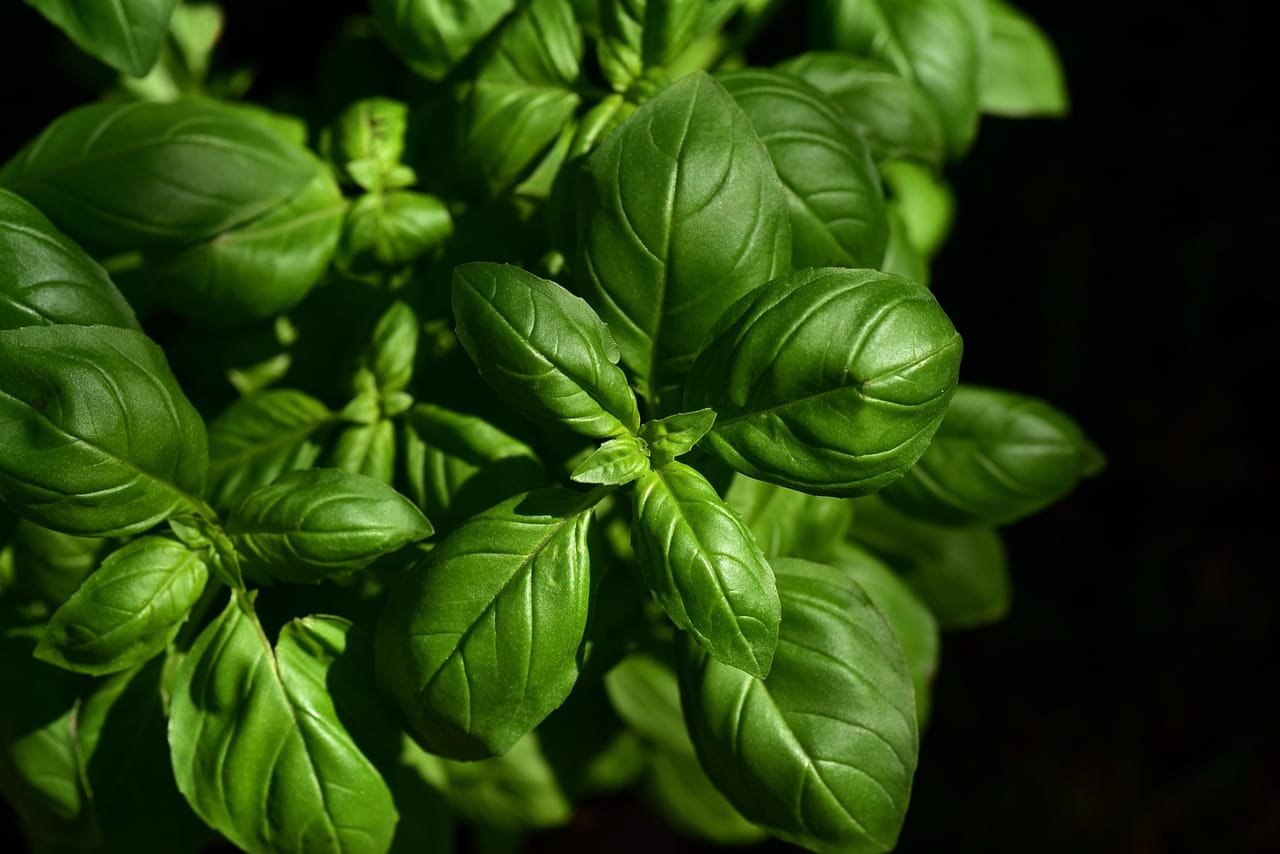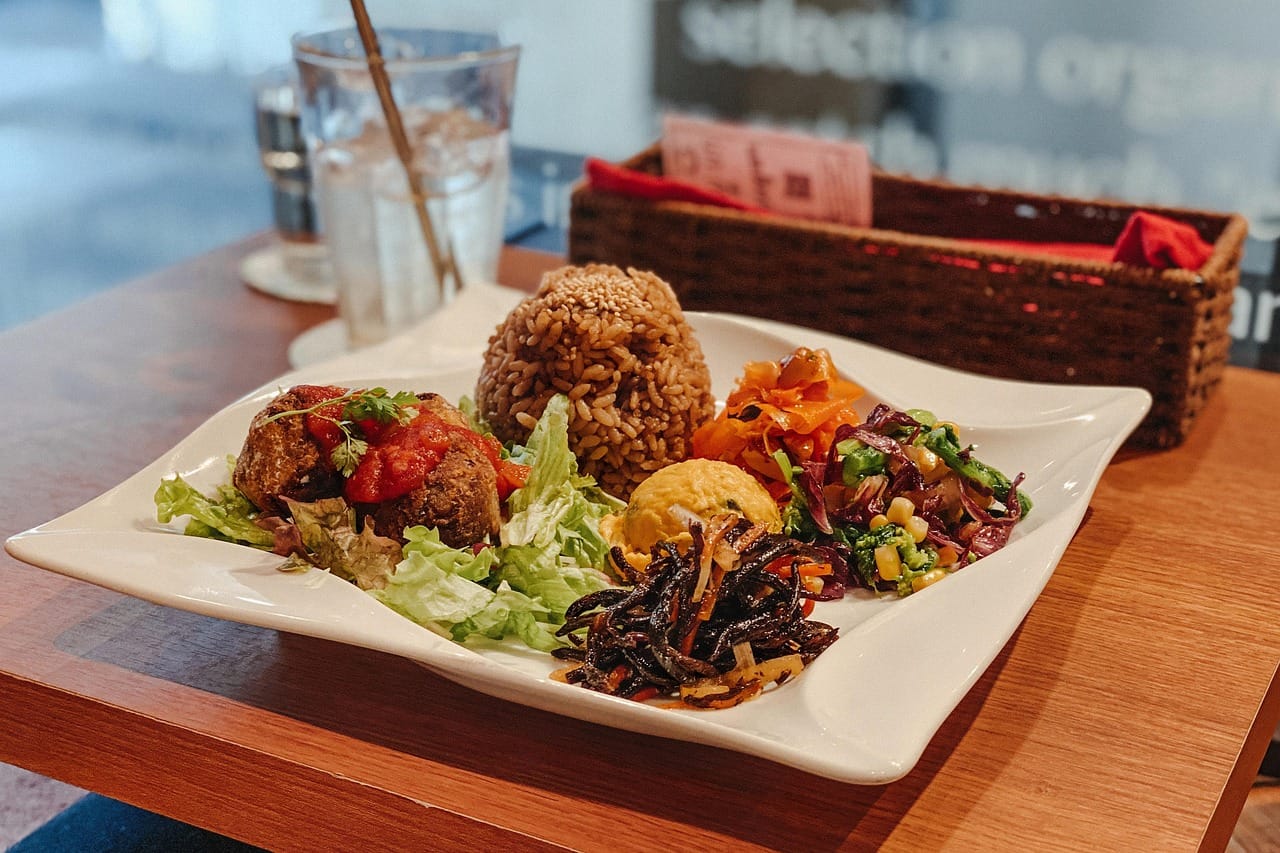Imagine biting into a perfectly pressed panini: warm, crisp bread yielding to a delightful medley of melted cheese, savory meats, and flavorful vegetables. The panini, more than just a sandwich, is a culinary experience. From its humble Italian origins to its global popularity, the panini has evolved into a customizable and comforting dish that appeals to food lovers everywhere. In this blog post, we’ll delve into the history, preparation, variations, and everything else you need to know about this iconic pressed sandwich.
The History and Origins of the Panini
Early Beginnings in Italy
The word “panini” is plural in Italian, meaning “small bread rolls.” While the concept of a filled bread dates back centuries, the modern panini as we know it began to gain popularity in the “paninoteche” (panini shops) of Milan, Italy, in the 1970s and 1980s. These shops offered quick, tasty, and affordable lunches to busy workers and students.
The Rise of Panini Culture
The panini’s popularity spread throughout Italy and eventually reached other parts of the world. Its appeal lay in its simplicity, versatility, and the ability to create endless flavor combinations. The “paninaro” subculture, associated with fashion-conscious youth in Italy, further contributed to the panini’s trendy image. They favored the sandwich as a symbol of modernity and a break from traditional Italian cuisine.
Panini Today: A Global Favorite
Today, panini are enjoyed worldwide. They are a staple on café menus, lunch counters, and even fine-dining establishments. The versatility of the panini allows for regional variations and creative interpretations, making it a beloved dish across diverse culinary landscapes. According to a recent survey, panini consumption has increased by 15% in the last five years, reflecting its enduring appeal.
Essential Ingredients for a Perfect Panini
Bread Selection is Key
Choosing the right bread is paramount to a great panini. Ideal breads should be sturdy enough to withstand the pressing process without becoming soggy, while still offering a pleasant texture and flavor.
- Ciabatta: A classic choice known for its airy interior and slightly chewy crust. Its irregular shape adds character.
- Focaccia: Offers a flavorful and slightly oily base, perfect for adding richness to the panini.
- Baguette: Provides a crisp and elongated panini, ideal for showcasing long, thin fillings.
- Sourdough: Its tangy flavor complements savory fillings beautifully and offers a delightful chew.
Cheese: The Melted Heart of the Panini
The cheese provides the crucial melted element that binds the panini together. Select cheeses that melt well and offer complementary flavors to your chosen fillings.
- Mozzarella: A classic choice, offering a mild and creamy flavor. Fresh mozzarella adds a luxurious touch.
- Provolone: Sharp and slightly tangy, provolone provides a distinct flavor that pairs well with Italian meats.
- Fontina: A nutty and creamy cheese that melts beautifully and adds a sophisticated flavor.
- Gouda: Offers a smooth and slightly sweet flavor profile, perfect for pairing with sweeter ingredients like apples or caramelized onions.
Delicious Fillings and Flavor Combinations
The possibilities for fillings are endless! Consider the balance of flavors and textures when selecting your ingredients. Here are some popular combinations:
- Italian Classic: Prosciutto, mozzarella, tomato, and pesto.
- Turkey and Cranberry: Roasted turkey breast, cranberry sauce, brie cheese, and spinach.
- Vegetarian Delight: Grilled vegetables (zucchini, eggplant, bell peppers), hummus, feta cheese, and olives.
- Cuban Sandwich: Roasted pork, ham, Swiss cheese, pickles, and mustard.
Mastering the Art of Panini Pressing
Choosing the Right Panini Press
While you can technically make a panini in a skillet with a heavy weight, a dedicated panini press offers superior results in terms of even heating and consistent pressing. Consider these factors when selecting a press:
- Size: Choose a size that accommodates the number of panini you typically make at once.
- Material: Non-stick surfaces are essential for easy cleanup. Cast iron presses offer excellent heat retention.
- Adjustable Temperature: Allows for precise control over the cooking process, preventing burning or undercooking.
- Floating Hinge: Ensures even pressing, regardless of the thickness of the fillings.
The Pressing Process: Step-by-Step
Follow these steps for panini perfection:
Tips for Perfectly Pressed Panini
Here are some extra tips to ensure panini success:
- Don’t Overfill: Overfilling the panini can lead to uneven cooking and messy results.
- Even Distribution: Ensure that your fillings are evenly distributed to provide a consistent flavor in every bite.
- Use Room Temperature Ingredients: Bring cold ingredients like deli meats and cheeses to room temperature before assembling the panini for faster and more even cooking.
- Don’t Press Too Hard: Avoid pressing down too hard on the panini press, as this can flatten the bread excessively and squeeze out the fillings.
Beyond the Basics: Creative Panini Variations
Sweet Panini: A Dessert Delight
Panini aren’t just for savory dishes! Sweet panini can be a delicious and unexpected dessert.
- Nutella and Banana: A classic combination that’s always a winner.
- Apple and Cinnamon: Sliced apples, cinnamon, brown sugar, and brie cheese.
- Peanut Butter and Jelly: A nostalgic favorite with a warm, melted twist.
- S’mores Panini: Graham crackers, chocolate, and marshmallows, pressed until gooey and delicious.
Global Flavors: Exploring International Panini
Adapt the panini to reflect global cuisines and flavors.
- Korean BBQ Panini: Marinated bulgogi beef, kimchi, gochujang mayo, and provolone cheese.
- Greek Panini: Grilled chicken or lamb, feta cheese, olives, tomatoes, cucumbers, and tzatziki sauce.
- Mexican Panini: Grilled chicken or steak, black beans, corn, salsa, guacamole, and pepper jack cheese.
- Indian Panini: Tandoori chicken or paneer, mint chutney, raita, and mozzarella cheese.
Panini for Different Dietary Needs
Panini can be easily adapted to suit various dietary restrictions and preferences.
- Gluten-Free Panini: Use gluten-free bread and ensure all fillings are gluten-free.
- Vegan Panini: Use vegan cheese, plant-based meats, and vegetables. Hummus, pesto (made without Parmesan), and tapenades are great vegan options.
- Low-Carb Panini: Use low-carb bread or wraps and focus on protein and healthy fats in the fillings.
Conclusion
The panini, in its simple elegance, represents the perfect combination of comfort food and culinary creativity. Whether you’re sticking to classic Italian flavors or exploring global variations, the panini offers endless possibilities for satisfying your cravings. So, grab your favorite bread, cheese, and fillings, and get ready to press your way to panini perfection. Embrace the versatility and deliciousness of this iconic sandwich, and discover your own signature panini creation!




